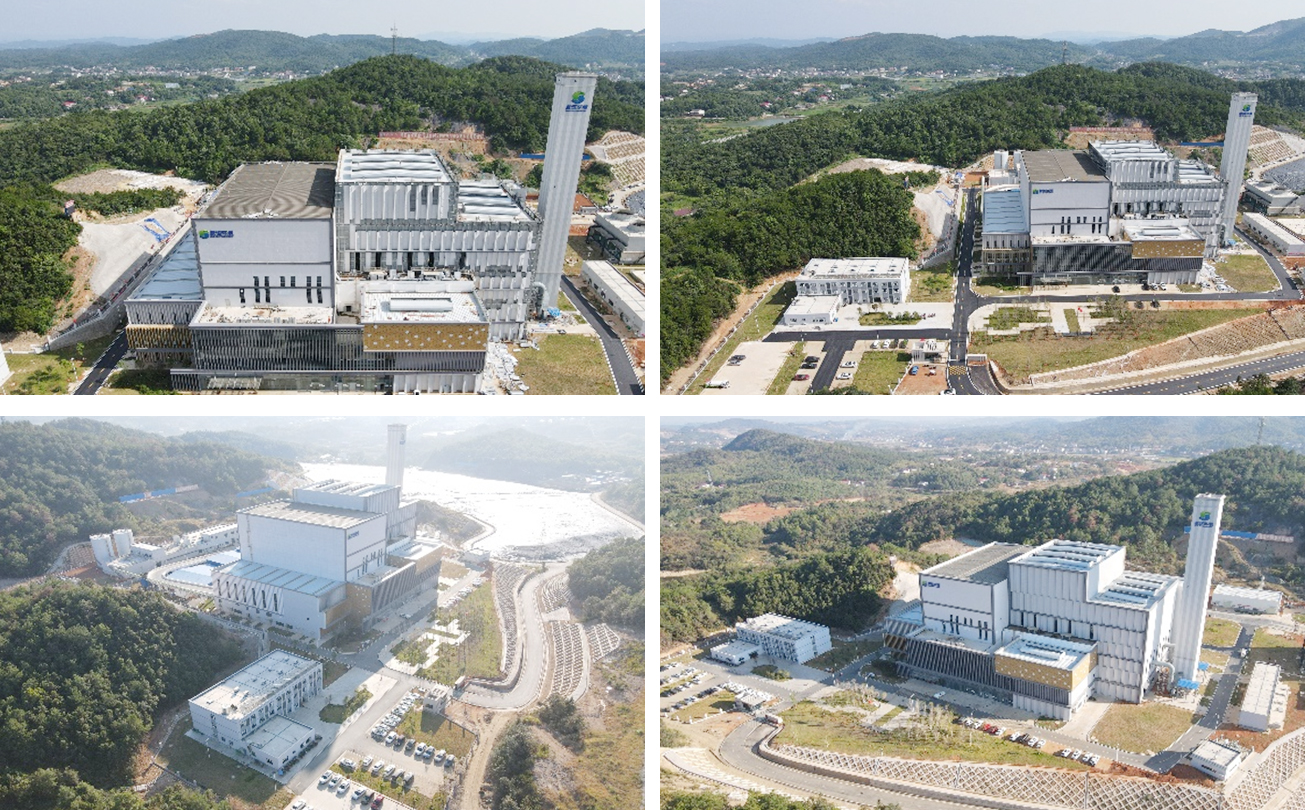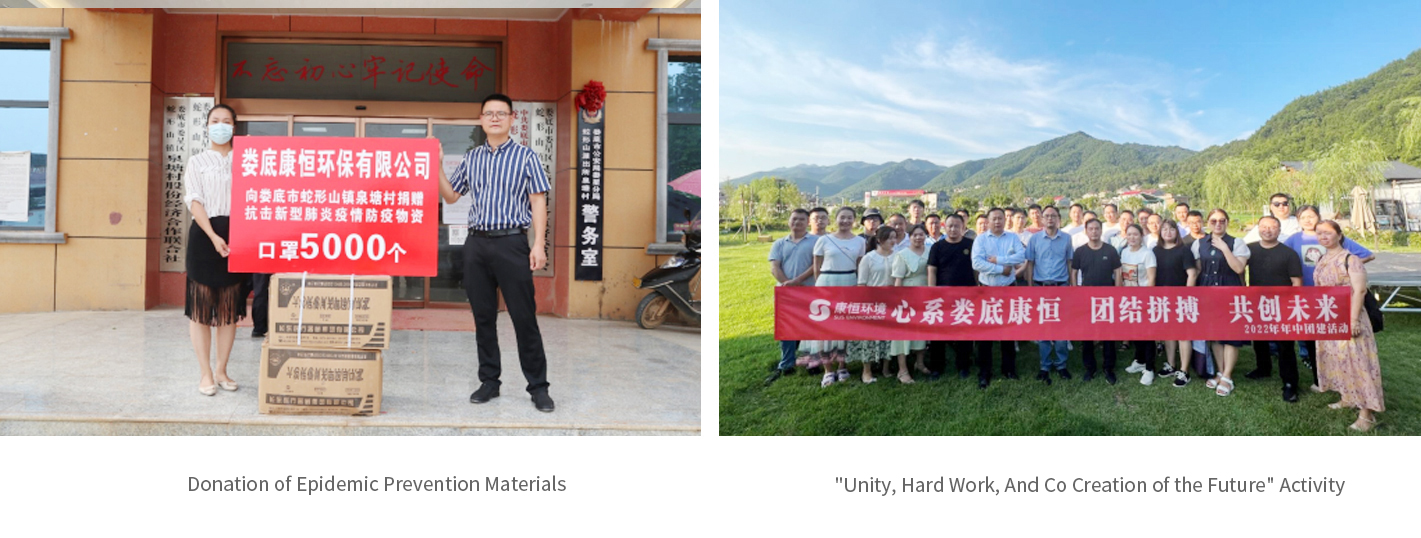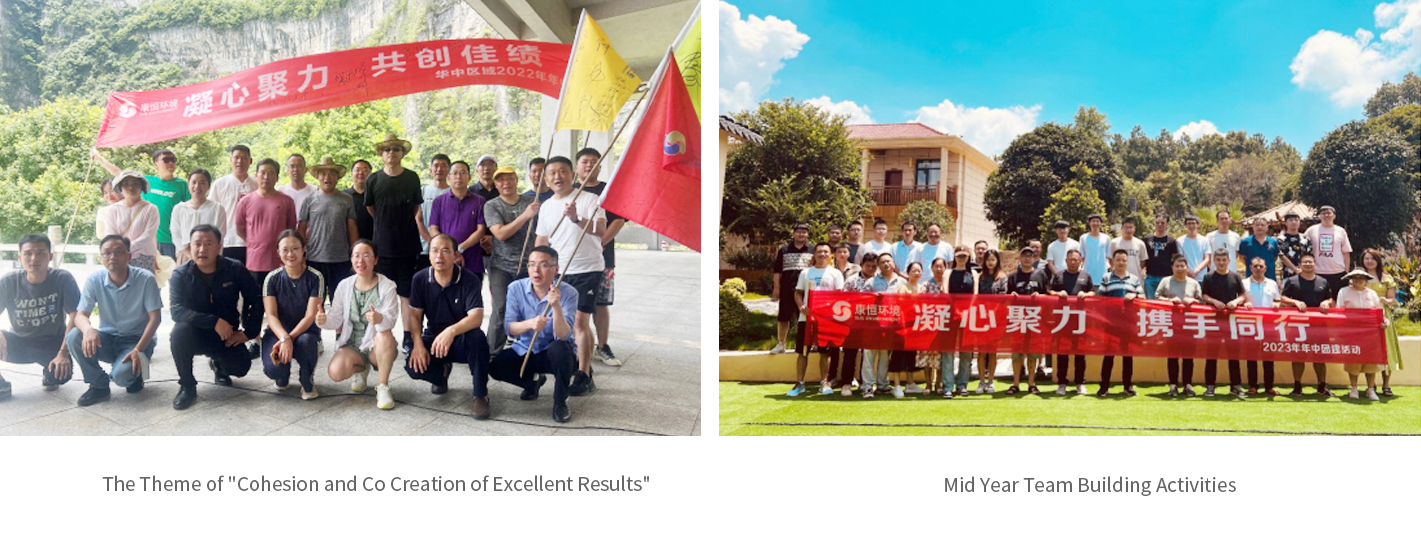Scan the QR-Code to Follow our WeChat Official
Account to Get the Latest News

Project address:Loudi City, Hunan Province, Loudi Loxing District Serpentine Hill Town, Quantang Village, the life of the waste treatment center within the Loudi SUS Co., Ltd.
Appointment visit contact phone number:+86 0738-6998789
The Loudi Waste-to-Energy Project is located within the Quan Tang Village Waste Treatment Center in Shexing District, Loudi City. It is responsible for the harmless, reduction, and resource-based treatment of urban solid waste from three townships: Louxing District, Lianyuan City, and Shuangfeng County. With a daily waste treatment capacity of 800 tons, construction commenced on December 16, 2020, and the project was grid-connected for power generation on December 15, 2021.
This project is included in the national "13th Five-Year Plan" for biomass power generation layout and is a key public welfare project in Loudi City.


1. Inspired by the philosophy of "Virtue and Vitality"
The project designed by Shanghai Tongyi City Design Co., Ltd., adopts a "deindustrialization" approach aimed at transcending conventional perceptions associated with waste facilities. Embracing the principles of "Virtue and Vitality," the layout and architectural landscape of the plant are meticulously planned, seamlessly integrating glass curtain walls and aluminum grilles into the main structures. Through the interplay of light and shadow, the design creates a distinctive landmark image for the waste-to-energy plant that not only embodies industrial aesthetics but also artistic qualities.

2. Alleviating Urban Pressure
Upon completion of phase I the project processes approximately 292,000 tons of waste annually and generates an average of 120 million kWh of electricity per year. This output equates to a conservation of approximately 55,000 tons of standard coal and a reduction in carbon dioxide emissions by 62,900 tons annually. Moreover, it eliminates the land occupation impact of landfill disposal, conserving approximately 186 acres of land per annum. Additionally, by reducing the emission of pollutants such as leachate and exhaust gases associated with landfill disposal, the project significantly minimizes environmental risks.
3. Highly Intelligent
The project is equipped with a comprehensive intelligent management platform that facilitates real-time monitoring of the entire production process. Additionally, it features a robust emergency management and disposal mechanism. An online automatic monitoring center continuously monitors flue gas emission data and promptly disseminates it in real-time.
4. Exceeding Stringent Flue Gas Emission Standards
Utilizing advanced domestic flue gas purification technology the project surpasses both national standards (GB18485-2014) and EU standards (2010/75/EU) for flue gas emissions. The project is equipped with an Automatic Combustion Control (ACC) system which ensures stability during the incineration process of large-scale grate incinerators, thereby enhancing operational stability and significantly enhancing combustion and power generation efficiency.
5. Open Educational Platform
The project serves as an environmental education base for public engagement, substantially contributing to promotion of regional economic development, environmental quality enhancement, and the creation of a visually appealing new Loudi City.
1. Inspired by the philosophy of "Virtue and Vitality"
The project designed by Shanghai Tongyi City Design Co., Ltd., adopts a "deindustrialization" approach aimed at transcending conventional perceptions associated with waste facilities. Embracing the principles of "Virtue and Vitality," the layout and architectural landscape of the plant are meticulously planned, seamlessly integrating glass curtain walls and aluminum grilles into the main structures. Through the interplay of light and shadow, the design creates a distinctive landmark image for the waste-to-energy plant that not only embodies industrial aesthetics but also artistic qualities.

2. Alleviating Urban Pressure
Upon completion of phase I the project processes approximately 292,000 tons of waste annually and generates an average of 120 million kWh of electricity per year. This output equates to a conservation of approximately 55,000 tons of standard coal and a reduction in carbon dioxide emissions by 62,900 tons annually. Moreover, it eliminates the land occupation impact of landfill disposal, conserving approximately 186 acres of land per annum. Additionally, by reducing the emission of pollutants such as leachate and exhaust gases associated with landfill disposal, the project significantly minimizes environmental risks.
3. Highly Intelligent
The project is equipped with a comprehensive intelligent management platform that facilitates real-time monitoring of the entire production process. Additionally, it features a robust emergency management and disposal mechanism. An online automatic monitoring center continuously monitors flue gas emission data and promptly disseminates it in real-time.
4. Exceeding Stringent Flue Gas Emission Standards
Utilizing advanced domestic flue gas purification technology the project surpasses both national standards (GB18485-2014) and EU standards (2010/75/EU) for flue gas emissions. The project is equipped with an Automatic Combustion Control (ACC) system which ensures stability during the incineration process of large-scale grate incinerators, thereby enhancing operational stability and significantly enhancing combustion and power generation efficiency.
5. Open Educational Platform
The project serves as an environmental education base for public engagement, substantially contributing to promotion of regional economic development, environmental quality enhancement, and the creation of a visually appealing new Loudi City.





Scan the QR-Code to Follow our WeChat Official
Account to Get the Latest News